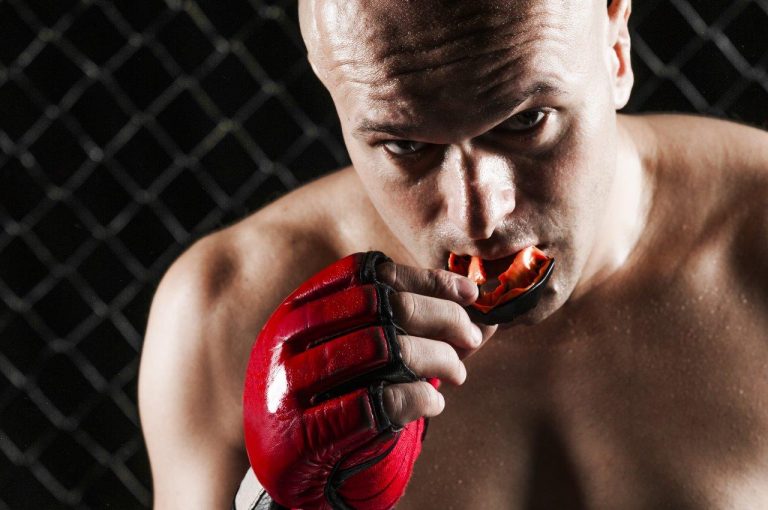
By: Dr Keith Hengpoonthana
With the summer season of sports kicking off in schools and clubs, one of the most important ways of protecting your teeth is with a mouthguard. Mouthguards are a great preventive measure against dental injuries such as a tooth being knocked out (avulsion), displaced (luxation) or broken (tooth fractures), and they achieve this by being a stress absorber and distributor. Instead of total force being applied to a single tooth – the effect being potentially to knock the tooth out of its socket – the force is absorbed by the mouthguard, and the resultant force is distributed amongst all the teeth contained inside the mouthguard. This produces a net effect of a much smaller force on each tooth.
However, if you’re on the field or cheering from the sideline, and there’s been an accident and a tooth has been knocked out or broken, it’s important to know what to do, as your intervention will have a significant impact. Your prompt action at the time of the injury will increase the likelihood of saving the tooth – possibly preserving the tooth for a number of years. The table below summarises what you should do for baby teeth and adult teeth respectively.
WHAT TO DO FOR A DENTAL INJURY
Baby teeth: children under 6 years old
If a baby tooth has been knocked out or displaced, do not try to reposition it back into the socket.
- This is the recommendation because placing it back into the socket could damage the adult tooth underneath the socket.
- If you can locate the tooth, keep the tooth moist by placing it in milk. Do this just in case the tooth is in fact a permanent adult tooth.
- Seek immediate dental attention.
If a baby tooth has been broken or chipped:
- If you can locate the fragment, keep the fragment moist by placing it in milk.
- Seek immediate dental attention.
Adult teeth: teenagers and adults (and the front teeth of children above 8 years)
If an adult tooth has been knocked out, replace the tooth as soon as possible.
- Locate the tooth and hold it by the crown of the tooth (the smooth white part) and not by the root.
- Remove any gross dirt or debris by gently rinsing with milk or saline
- Insert the tooth back into the socket, holding it in place with their finger or by gently biting down on it with a cloth. Alternatively, if it is an upper tooth, insert the mouthguard in place.
- If the tooth has been knocked out but you can’t replace the tooth into the socket, keep the tooth moist by placing it in milk or saline. Do not place the tooth in tap water.
- Seek immediate dental attention within 30 minutes of the injury ideally.
If an adult tooth has been broken or chipped:
- If you can locate the fragment, keep the fragment moist by placing it in milk.
- Seek immediate dental attention.
As outlined above, the right thing to do regardless of the circumstance is to seek immediate dental attention after the incident, preferably within 30-60 minutes of the injury.
In a stressful situation like a dental injury, it is not uncommon to feel you have to act and make decisions alone. While prompt action is crucial (especially when the tooth has been knocked out, as the time the tooth is out of the mouth is the most important factor), you don’t have to act alone – it is always a good idea to call your dentist for advice. By calling NDC, we can walk you through what to do and organise to see you immediately.